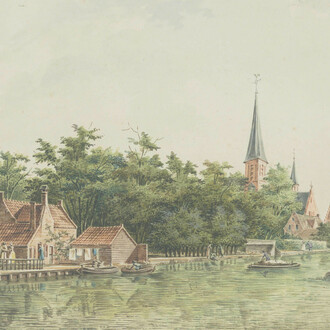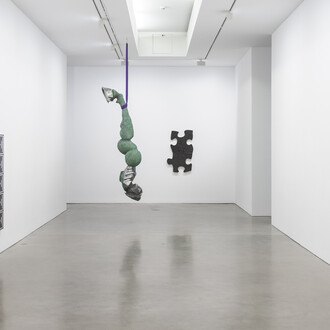Germany’s largest mineral collection in the Berlin Museum für Naturkunde contains approximately 200,000 specimens, representing 65 % of all known minerals. In the display collection, visitors can feast their eyes on 1,077 different mineral types. The foundation of the collection were the minerals and rocks of the Prussian King’s mineral collection of 1781. Some pieces were brought back from famous exhibitions, such as the precious stones Alexander von Humboldt brought from Russia.
The exhibition hall has largely been preserved as it was in the 19th century, displaying the collection in historic cabinets. New display cabinets have been added that bring to life the history of mineralogy with the help of busts, minerals, models and historic equipment.
They also highlight another important aspect – why minerals were key to the development of technology in the past and continue to be essential for the future of our lives. Precious metals such as gold, silver and platinum have been traditionally valued for their use in jewellery and minting. In addition, they have now become essential in medicine and catalyst technology. Glass and ceramics are indispensable in our high-tech world, and computers could not run without the element silicon.
















